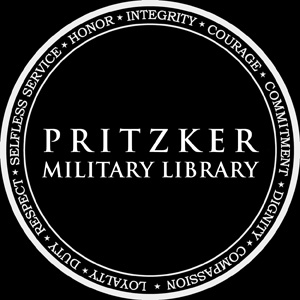 |
| The Bombardment of Arctic Convoy PQ-17, Barents Sea, June 1942 |
This week I completed my bibliography on Armed Conflicts in the Arctic during the Second World War. This was a somewhat difficult topic. I quickly found out that military operations in the far north were generally avoided because of the extreme strains that the location and its environment put on military logistics. The military action taken in Greenland, the Russian Arctic, and the Barents and Kara seas were almost exclusively naval engagements. For the Allies, operations in the Arctic generally consisted in missions of reconnaissance and logistics.
The pretext for the United States and Great Britain in the Russian Arctic was to continue their end of the lend lease agreement with the Soviets. Unfortunately, as the Russian state has lacked warm water ports for trade throughout history, any allied efforts to deliver arms and military hardware were forced northwards to the ice-ridden coasts of Arkhangelsk and Murmansk in the northwestern USSR. The German navy was acutely aware of the logistical struggles of the russians, and devoted an entire fleet of U-Boats to pursue and sink the allied convoys to Russia. The most famous of these episodes was when American convoy PQ-17 was intercepted and 24 of 35 ships in the convoy were obliterated by German naval units in the Summer of 1942.
Aside from logistical concerns, the United States took great pains in patrolling the northernmost ends of the atlantic to prevent german U-Boats from reaching American harbors. The US set up and maintained radar and weather stations across Greenland, Iceland, and Northern Canada to both optimize aerial operations and detect the presence of enemy watercraft. In fact, towards the end of the war, the US Greenland Patrol was able to capture and destroy german constructed radar stations on the eastern coast of Greenland. By the end of 1944, the retreating Axis forces were almost entirely gone from the Atlantic, and most certainly from the Arctic.
As I initially stated, this was a difficult bibliography to complete because it involved a wide breadth of material that mostly lay on the margins of published material. There were very few books devoted exclusively to Arctic operations, and even then, those few in existence were extremely narrow in their focus. I do however feel that this bibliography is representative of the relavant materials that the library holds in its possession, and moreover, is representative of the little that has been published on the topic of Arctic Warfare in World War II.
Aside from the bibliography, I gave a tour of the library to a group of visiting librarians and their families. I was extremely nervous at first, but I found that I was able to answer the majority of their questions regarding our collection. They seemed more interested in the exhibits the library had to offer more than the functional aspects of the library, which was a relief for me because I was confident in my ability to guide them through the Wartime Training Comics exhibit, the Medal of Honor exhibit, and the Midwest Air Force Artists exhibition with relative ease.
Next week I will dive fully into my bibliography on Propaganda Art of the Twentieth Century. I have also been informed that my responsibilities at the library may diversify somewhat in the next few weeks, so I may be working on other projects in the future. Stay tuned!



